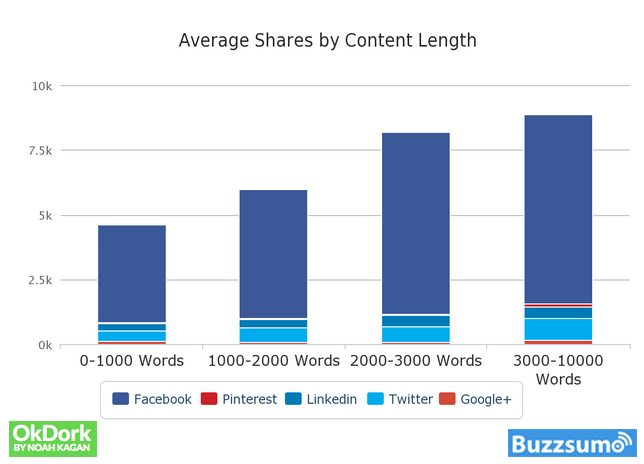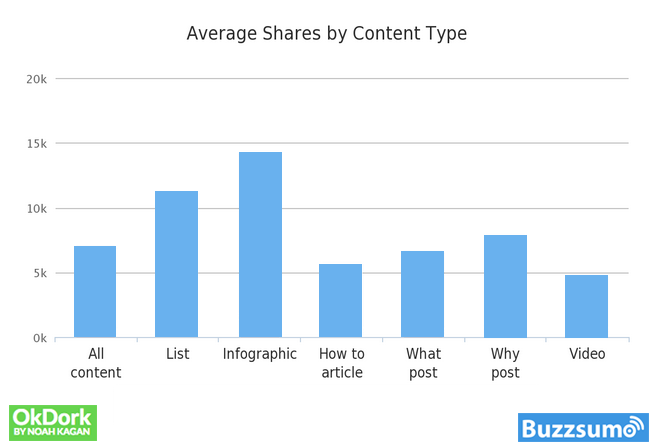Pop-up ads are becoming a very popular marketing tool on a broad variety of respectable websites. A decade ago – eons in Internet years – popups were one of the most-hated online advertising technique, and a residual hatred of the marketing tool lingers today.
Reasons Today’s Pop-ups Are Very Different From the Pop-up Ads Ten Years Ago
1. Internet browsers are much more sophisticated and prevent pop-ups from opening new windows. Instead the new pop-ups open in the same window and are very easy to close.
2. Marketing pop-up ads can now be controlled entirely by site owners who can take their on-site user experience, audience loyalty, and long-term brand into consideration to determine when and where to use pop-up ads.
3. Website technology now lets site owners to be very selective about who is shown marketing pop-up ads and who isn’t.
4. Personalized messages can be served on a dynamic basis.
5. The timing and activation of the pop-up ad is very sophisticated so the pop-up can be displayed after a user has been on a particular page for a certain period of time, for example.
For these reasons – as well as the fact that implementing these pop-ups is cost-effective (contact us at Connect4 Consulting if you’re interested) – marketing pop-ups have returned and are becoming more popular. But they aren’t suitable for every site or brand or audience. A site owner needs to think long and hard about their particular audience and ask whether a pop-up will annoy visitors.
When done right, marketing pop-up ads are a great way to engage visitors, drive sales, increase email subscriber lists, and generate tons of new leads.
When done wrong, however, pop-up ads annoy visitors, degrade user experience, and fail to convert prospects into paying customers.

Eight Steps to Improve Website Marketing Using Pop-up Ads
Step 1: Figure out what your audience values
Before writing your ad, you need to understand what your audience wants. Google Analytics is an excellent resource for determining what your users want to read, buy, or subscribe to. Next, your messaging should meet these three standards: It must be clear to the user. It must be concise. And, it must convey maximum value.
Step 2: Be flexible with your offer and provide different offers to different customer segments
A first-time visitor is better suited to an email signup. Once you have their email address, you can use that to provide valuable information as you build the customer relationship.
Step 3: Don’t over think the design
Remember the Keep It Simple Stupid mantra? Same concept here. Effective pop-up ads grab attention by conveying value without distractions.
Step 4: Think Win-Win
If your “$10 Off” offer isn’t converting, think about changing the campaign to an email sign up in exchange for something of value to your users. The trick is finding out what type of offer works best for your traffic. Sometimes, quick sales are just not feasible.
Step 5: Put your pop-up ad on high profile pages and make sure you promote high value items
Since your end goal is to generate leads, signups, and new sales, make sure that the pop-up ad is on the right page and promotes purchase of the right item. To find out which pages get the most traffic, open up your Google Analytics and run a traffic report for the last 12 months.
Step 6: Make sure your goals are in sync with your visitors’ goals
The marketing pop-up ad will generate the best results when users want to do the same thing you want them to do. Once again, Google Analytics is the best way to find out what they want to do. Once you know what your users want, you need to ask yourself whether your goals line up. Is this a product you want to promote? Is it an email list that’s valuable for you to build?
Step 7: Optimize and refresh your offer over time
All offers eventually go stale, so periodically refreshing and updating your offer is critical to maintaining effectiveness.
Step 8: Get in front of visitors before they leave and do so without disrupting user experience
When you launch your pop-up ad is just as important as your message.
If you launch the pop-up too early, you might interrupt users naturally on the path toward your desired action. Launch too late, and a good chunk of users will leave before they see it.
There are 5 ways I know of to activate your marketing pop-up ad:
- Upon entry
- Upon exit
- After “x” number of page views
- Scroll-activated
- Time-activated
Which one will work best for you? Only your tests will tell.
Conclusion
If you’re interested in learning more about the feasibility of marketing pop-up ads on your website, we are here to help you. Contact Connect4 Consulting at 202-236-2968 or send us an email. Remember that the details are what separate successful campaigns from those that fail to generate results. When done wrong, this marketing tool won’t help you at all. But when done right, it can engage visitors, drive sales, and help you build your email list.



